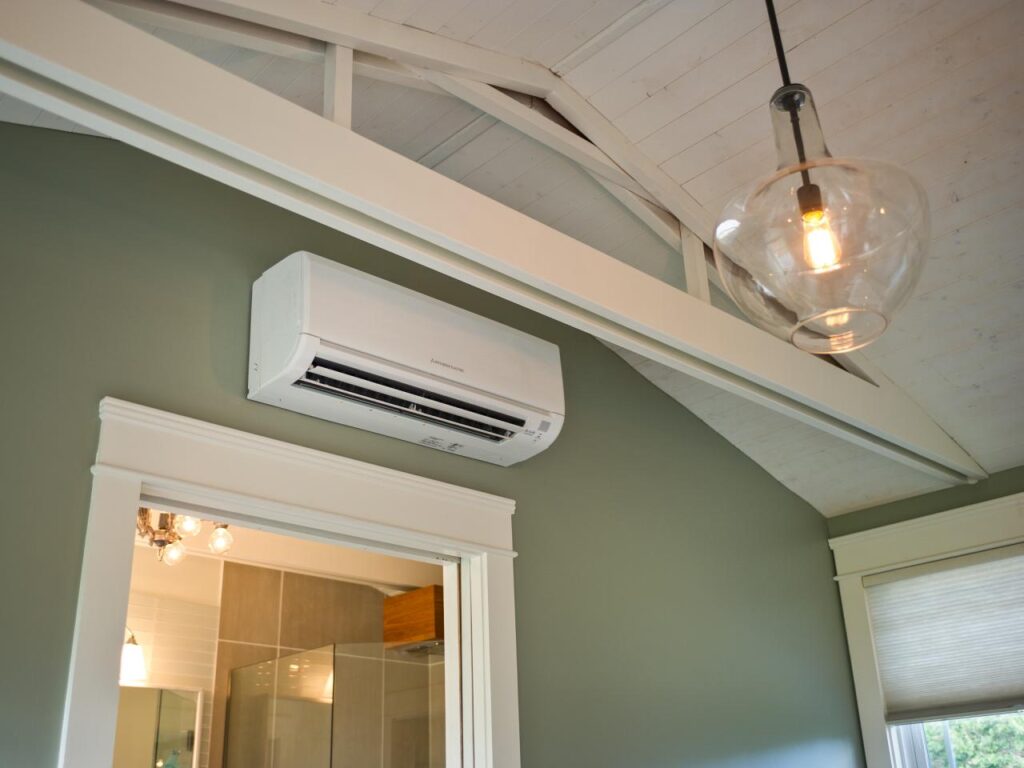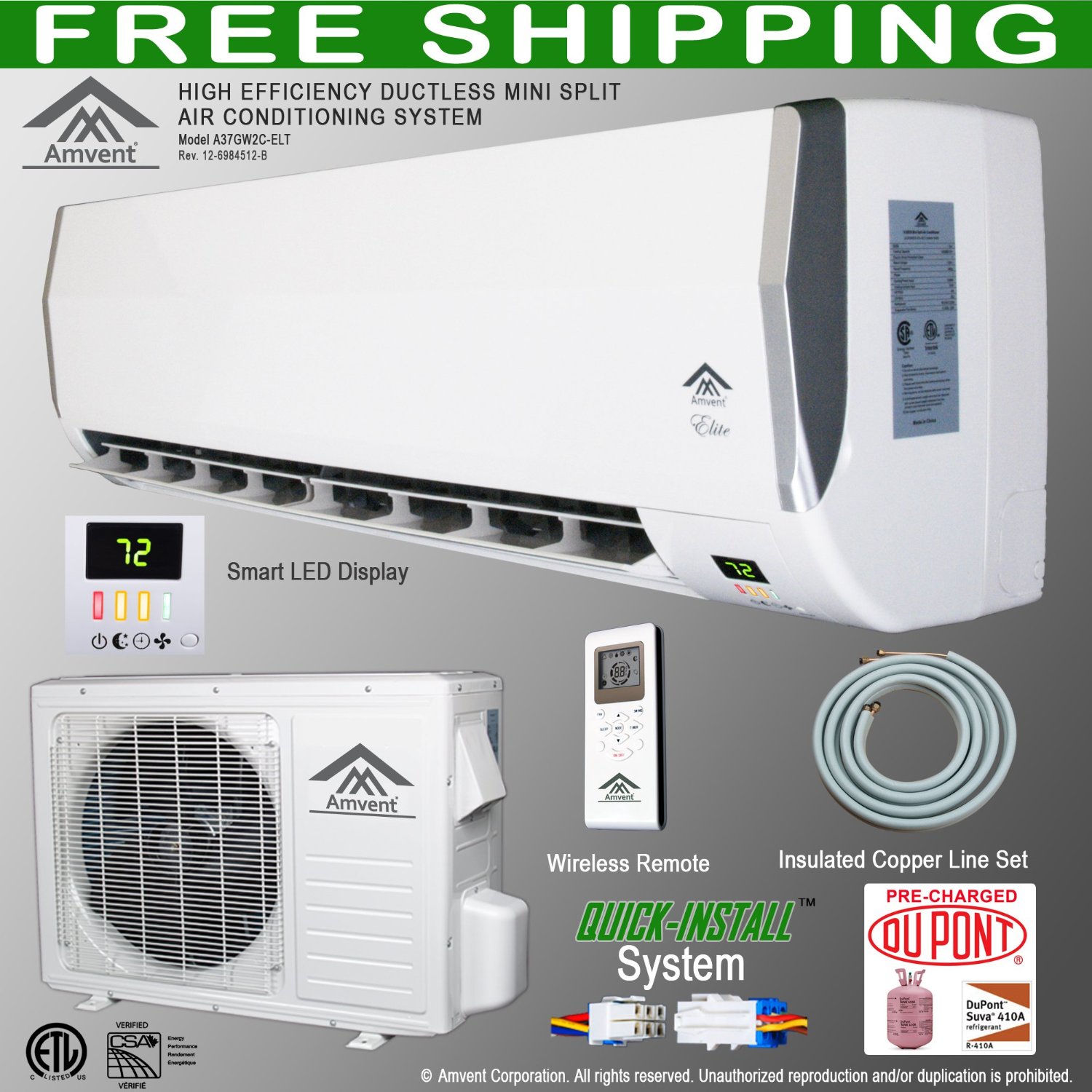Have you ever asked yourself why a/c installation in high-rise buildings offers one-of-a-kind obstacles?
The intricacy exceeds just cooling the areas effectively. From navigating minimal space restraints to dealing with vertical circulation difficulties, each facet calls for meticulous planning.
Yet what about the structural considerations and making certain access to electrical power for these systems?
These are just a couple of pieces of the puzzle that make dealing with a/c setup in skyscrapers a multifaceted endeavor.
Key Takeaways

- Tactical devices placement and sound control are essential in high-rise a/c installations.
- Efficient ductwork transmitting and maintenance accessibility make sure optimal a/c efficiency.

- Safety, weight distribution, and adherence to building codes are vital for architectural honesty.
- Power effectiveness, accessibility, and smooth assimilation boost air conditioning system capability in skyscrapers.
Space Constraints
When installing a/c in skyscrapers, you might experience area restraints that require mindful planning and cutting-edge remedies. Restricted access to specific locations can present a difficulty throughout installment. To tackle this, specialized tools and imaginative maneuvering might be needed to navigate via limited rooms and get to the assigned areas for installing the air conditioning units.
In addition, in high-rise buildings, noise control is essential to guarantee the comfort and health of owners. The confined rooms and closeness of household units in these buildings magnify the influence of sound produced by cooling systems. Implementing soundproofing steps, making use of quieter equipment, and tactical placement of elements can aid minimize noise disruptions for locals. ac maintenance
Vertical Distribution Challenges
Checking out the intricacies of high-rise buildings, specifically with regards to upright circulation, presents one-of-a-kind challenges for air conditioning installment. Ductwork challenges are prominent in skyscraper structures, where routing air ducts up and down with numerous floors can be detailed. Installment logistics end up being essential, as collaborating the placement of ductwork and tools in a manner that assurances reliable airflow and temperature level control throughout the structure is extremely important.
Maintenance access is one more considerable worry when it concerns vertical circulation in high-rise buildings. Making sure that heating and cooling systems are quickly accessible for routine maintenance and fixings is essential for lasting capability. Furthermore, the logistics of equipment transport to greater floorings posture a difficulty. Relocating heavy cooling devices, ductwork components, and other materials up upright ranges calls for cautious planning and control to ensure security and performance.

Architectural Considerations
Considering the architectural stability of skyscrapers is vital when planning a/c installations. High-rise buildings are developed to support details weights, and adding air conditioning systems can impact the overall weight distribution. It's essential to follow constructing codes to ensure that the additional weight from the HVAC systems does not compromise the building's structural stability. Building ordinance lay out the optimum permitted lots for various sections of the structure, including floorings and walls, to avoid overloading.
Appropriate weight distribution is important to avoid irregular stress on the building's structure, which can cause structural concerns in time. Cooling and heating systems should be strategically put to disperse their weight uniformly and reduce any type of potential stress on particular areas. Designers need to very carefully assess the building's load-bearing ability and layout the air conditioning installment accordingly to make sure that it satisfies security requirements and governing demands.
Electrical Power Accessibility
To verify the successful installation of air conditioning systems in skyscrapers, examining the ease of access of electrical power is paramount.
When assessing the electrical power availability for air conditioning in high-rise buildings, take into consideration the following:
- Proximity to Source Of Power: See to it that the air conditioning devices are located near source of power to lessen energy loss and assurance efficient procedure.
- Remote Control Capacity: Opt for systems that use remote control features, allowing for convenient tracking and modification of the cooling units from a range.
- Power Efficiency Ratings: Focus on a/c devices with high energy efficiency scores to reduce total electrical power intake and reduced functional prices.
- Backup Power Solutions: Implement back-up power remedies like generators or battery back-ups to ensure continual operation of the cooling systems throughout power interruptions.
A/c System Assimilation
When incorporating HVAC systems into high-rise buildings, coordinate seamlessly with existing infrastructure for peak efficiency. Warranty system compatibility by thoroughly examining the structure's format and existing a/c setup. During the installation procedure, prioritize effective assimilation to optimize the total efficiency of the air conditioning system.
To achieve effective a/c system integration, team up closely with designers, designers, and service providers to attend to any possible obstacles. Conduct a comprehensive assessment of the building's ventilation, ductwork, and control systems to make sure smooth compatibility with the new HVAC tools. This aggressive approach can assist protect against costly rework and hold-ups during the installation stage.
Integrating heating and cooling systems in skyscrapers calls for meticulous preparation and precise execution to guarantee peak capability. Executing advanced modern technology and energy-efficient parts can better improve system performance and sustainability. By prioritizing smooth integration and system compatibility, you can create a comfy interior environment while taking full advantage of power efficiency in high-rise structures.
Regularly Asked Questions
Exist Any Kind Of Certain Regulations or Codes That Skyscraper Must Stick To When Setting Up A/c Systems?
When setting up a/c systems in skyscrapers, policies and safety and security compliance are crucial. Specific codes dictate how these systems should be installed to guarantee the security of owners. Compliance with these policies is vital for the correct performance of the cooling systems and to prevent potential hazards.
It is essential to follow these guidelines carefully to guarantee a risk-free and efficient cooling system within the structure.
What Are Some Typical Solutions for Sound Control in Air Conditioning Solutions in Skyscraper?
To lessen sound in air conditioning systems in high-rise buildings, take into consideration soundproofing products and calculated positioning to dampen vibrations. Opt for energy-efficient designs with quieter procedure.
Normal maintenance checks and timely fixings can protect against noisy breakdowns. Furthermore, making use of variable rate modern technology can decrease sound degrees during low-demand durations.
Exactly How Do Severe Climate Condition, Such as High Winds or Lightning Strikes, Affect the Installation and Operation of Cooling Solutions in High-Rise Buildings?
Severe weather conditions like high winds or lightning strikes can substantially impact the installation and operation of air conditioning systems in high-rise buildings. These weather condition elements can posture structural difficulties, affecting the stability and efficiency of the systems.
When facing such conditions, it is very important to consider the durability of the structure's framework and the toughness of the cooling and heating elements to guarantee perfect functioning and safety and security.
Are There Any Type Of Unique Factors To Consider for Incorporating Smart or Energy-Efficient Technologies Into Cooling Solutions in High-Rise Buildings?
When taking into consideration including clever or energy-efficient innovations into a/c systems in skyscrapers, there are some special considerations to bear in mind. Assimilation challenges might develop when connecting different systems, and adapting these modern technologies to work efficiently in an upright environment can be challenging.
However, energy-saving technologies supply wonderful possible for decreasing expenses and ecological influence. It's important to meticulously plan and apply these solutions to optimize their benefits.
What Are the Maintenance Needs for Cooling Solutions in High-Rise Buildings, and Exactly How Frequently Should They Be Serviced?
To maintain your a/c systems in high-rise buildings running efficiently, normal maintenance is essential.
Servicing regularity relies on variables like usage and system intricacy. Usually, it's advised to have your air conditioner units examined at least yearly by an expert technician.
This routine upkeep not only guarantees top efficiency but also assists in maintaining power effectiveness, saving you cash over time.
Final thought

Overall, setting up air conditioning in high-rise buildings provides distinct challenges as a result of area restraints, upright distribution challenges, structural factors to consider, electrical power ease of access, and HVAC system integration.
It requires cautious planning and sychronisation to make certain the system works effectively and efficiently in such complex atmospheres.
By resolving these obstacles head-on and dealing with experienced experts, building owners can guarantee that their passengers remain comfy and amazing even in the tallest of structures.
